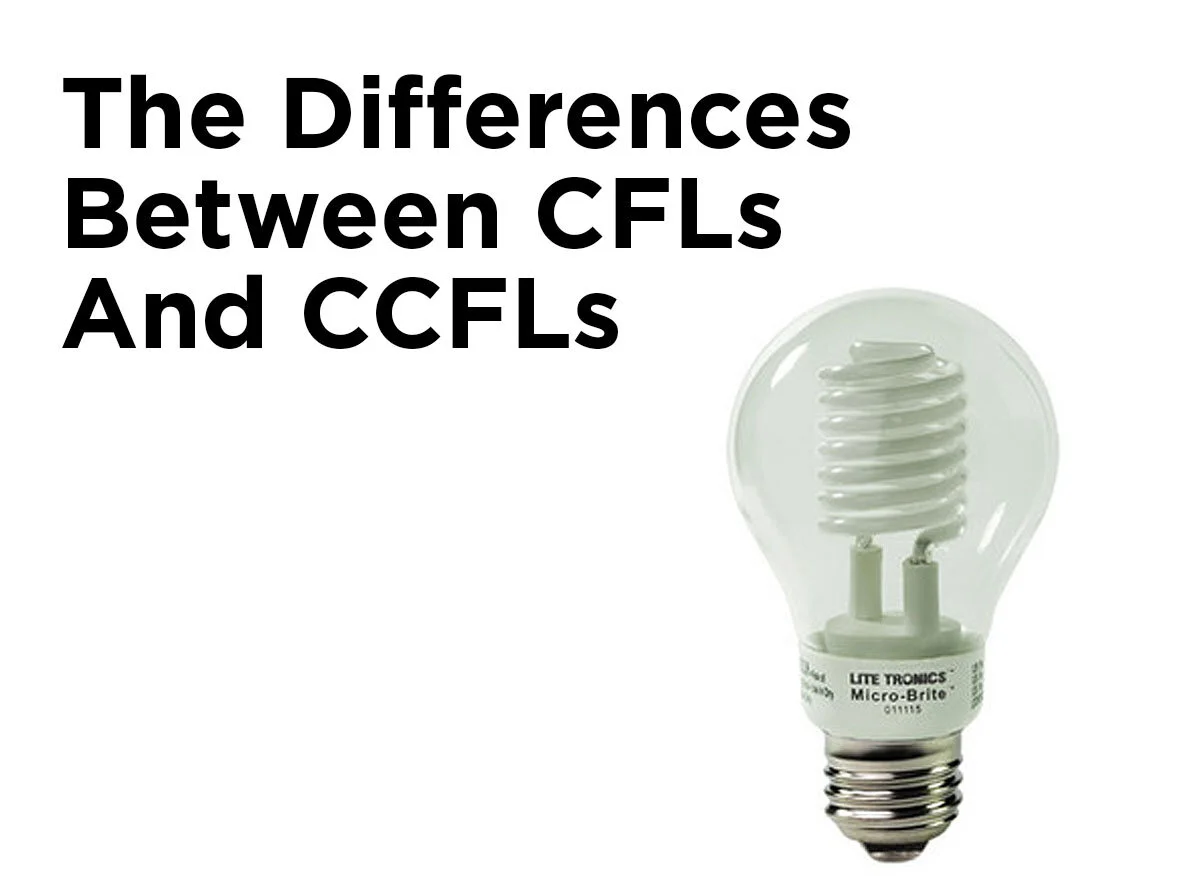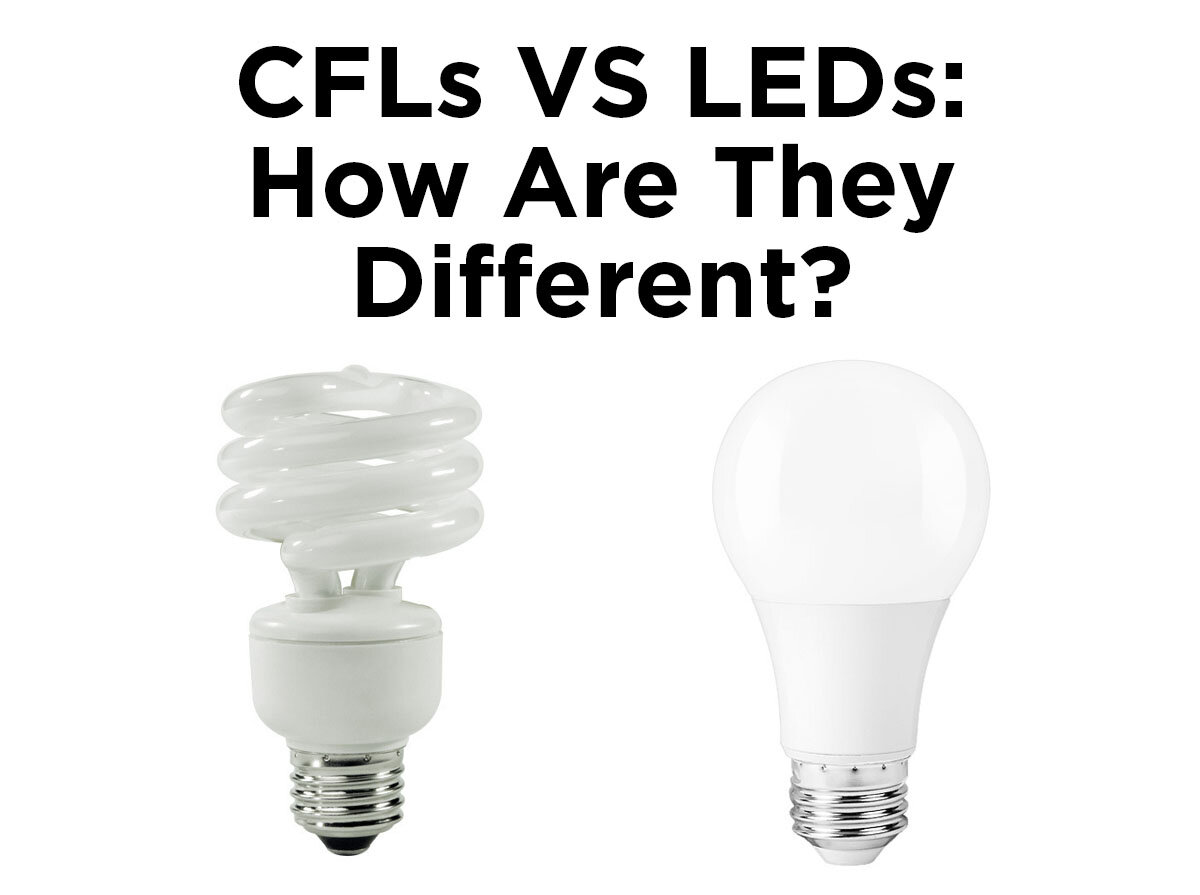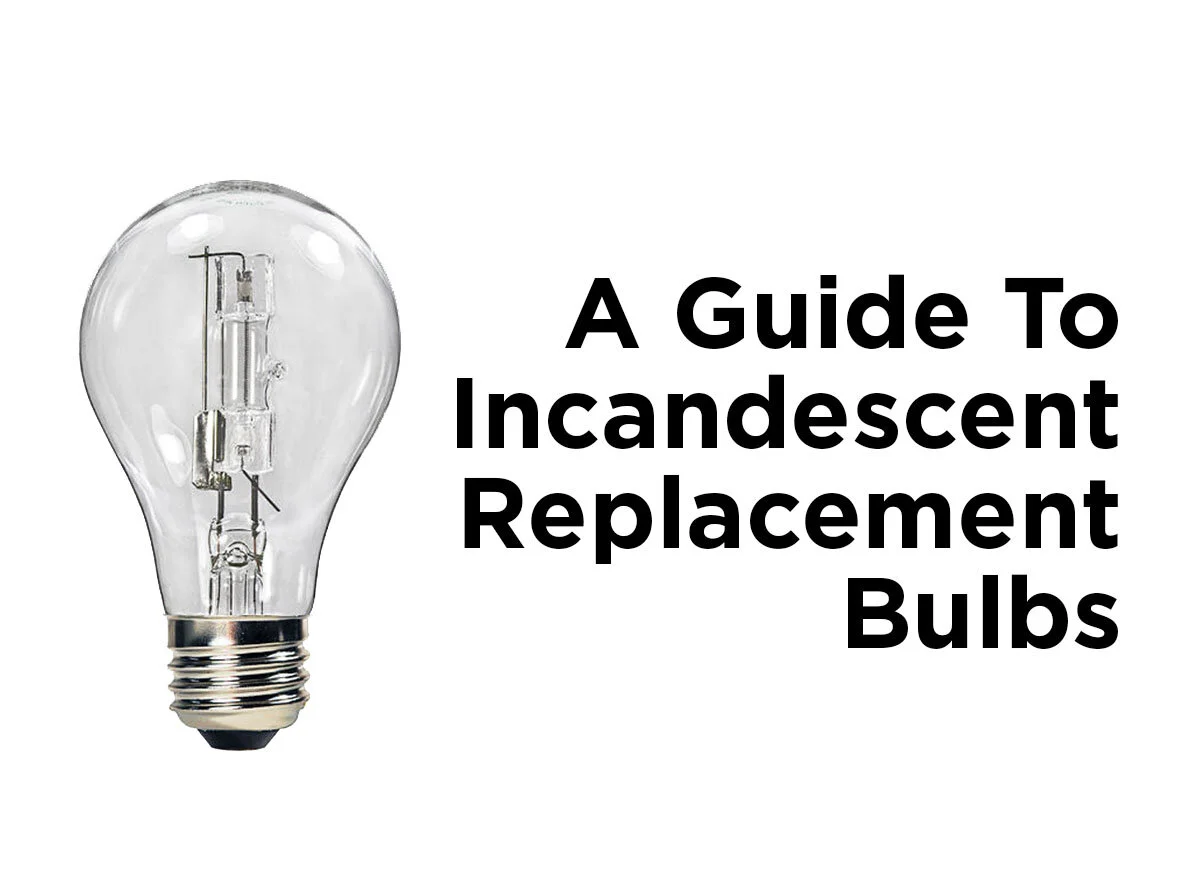The Differences Between CFLs and CCFLs
By now, almost everyone knows what a compact fluorescent, or CFL, lamp is. If they don’t know what it is by name, they certainly know it by its twisty shape resembling the top of a soft-serve ice cream cone. But if I were to ask you what a cold cathode, or CCFL, fluorescent lamp is, would you be as confident in your answer? Although CFL and CCFL bulbs may have a similar look, they do have their differences, with advantages and drawbacks to each one. This post will give you a rundown of the differences between CFL and CCFL bulbs while helping you decide which type is best for your specific lighting needs.
Hot vs. Cold Cathodes
First things first: although CFL and CCFL bulbs both use a ballast and cathodes to produce light, the temperature, type, and durability of the cathodes vary. The most common type of fluorescent bulb is the “hot cathode,” or what most people know as a standard CFL. In standard CFLs, the cathodes are constructed of a thin wire tungsten filament that is heated to temperatures reaching at or above 900 degrees Fahrenheit when the lamp is turned on. Heating the cathodes in standard CFLs causes them to release electrons that react to the mercury in the glass tube to create ultraviolet (UV) radiation, eventually producing visible light. This reactive process that standard CFLs go through to produce light is why they usually take at least 30 seconds to reach full brightness.
On the other hand, the cathodes in CCFLs are not heated by a filament. Instead, CCFLs use cathodes that do not require filaments to heat up. These cathodes resemble small metal thimbles that reach temperatures of 200 degrees Fahrenheit. While nothing about these cathodes is actually “cold,” 200 degrees Fahrenheit is considerably cooler than the 900-degree temp of the hot cathode.
Start Times and On/Off Cycling
Whereas standard CFLs have delayed start times of 30 seconds or more, CCFLs are instant-on, taking little to no time to reach full brightness. This is because the process of heating up a CCFL bulb is much quicker and requires less heat to create visible light. The thimble-like, metal construction of the cathodes in CCFLs, like the one to the right, are also sturdier than the thin filament used in standard CFLs and are able to handle around five times the amount of voltage. This is why CFLs and CCFLs react differently to frequent on and off cycling. If you’ve ever had a CFL bulb burn out on you quicker than it was supposed to, it may have been because it was switched on and off a lot in a short amount of time. The weaker cathodes in standard CFLs cannot handle frequent surges of electricity. This makes cold cathode bulbs ideal for use in flashing signs and residential applications where lights are often switched on and off.
Dimming
Litetronics MicroBrite MB-500DL Dimmable CCFL
It’s no question that dimmable CFL technology has advanced over the years and will continue to do so, but there are still differences between dimmable CFLs and CCFLs. As I mentioned above, the cathodes of standard CFLs must reach extremely high temperatures to produce light. Dimming a CFL bulb requires the amount of voltage being received by the ballast be reduced, also reducing the temperature of the cathodes and causing CFLs to have limited dimming capabilities. This is where the lower operating temperatures of cold cathode fluorescent lamps present an advantage. Dimmable CCFLs require much less heat to produce visible light and can be dimmed to as low as 5 percent of their original light output. Traditional CFLs, although improving, typically can only be dimmed to about 20 percent.
Rated Life Hours
Now that you know that the cathodes in CCFLs are able to withstand more than the filament cathodes in standard CFLs, it’s probably no surprise that CCFL bulbs have longer rated lives. With proper use, CFLs can last anywhere from 8,000 to 15,000 hours, depending on the rating. While that is still impressive, CCFLs are able to last as long as some LED bulbs on the market with life hour ratings up to 25,000 hours.
All of the information above considered, choosing between CFLs and CCFLs is very dependent on what is best for a particular application. If you’re looking for a bulb that can withstand cold weather, frequent on and off cycling, or has flexible dimming capabilities, CCFLs will be your best bet. However, CCFLs tend to be offered in lower wattages and don’t have lumen outputs equivalent to standard CFLs, which are able to reach incandescent equivalents of up to 150 watts in household applications. Either way, compact fluorescent lamps are a cost-effective lighting solution that will help you save energy.
Do you have any more questions about hot and cold cathode fluorescent light bulbs? Leave us a comment or reach out to us on Facebook, Twitter, LinkedIn, or Pinterest!







